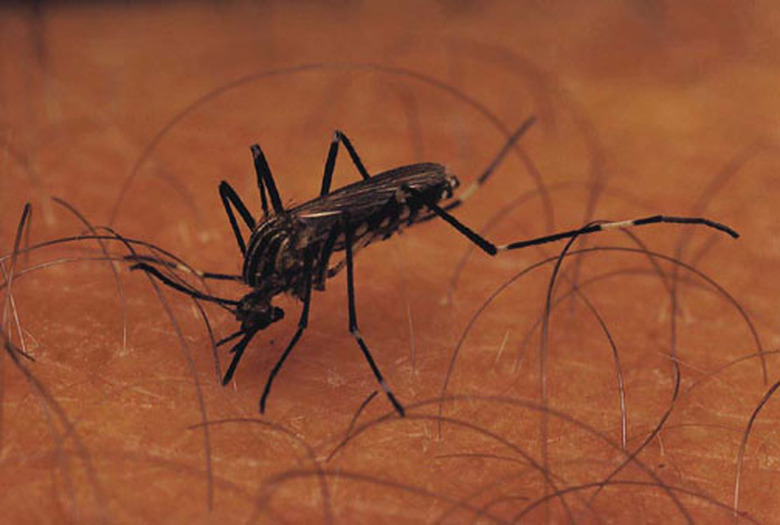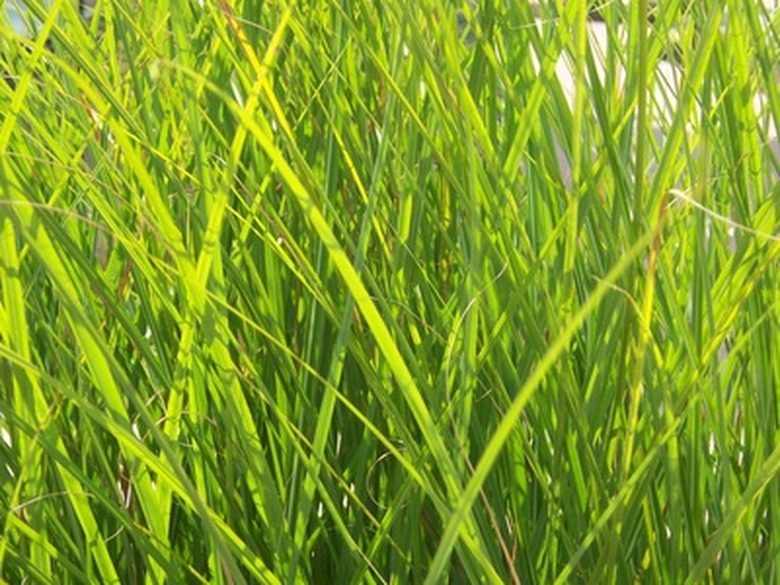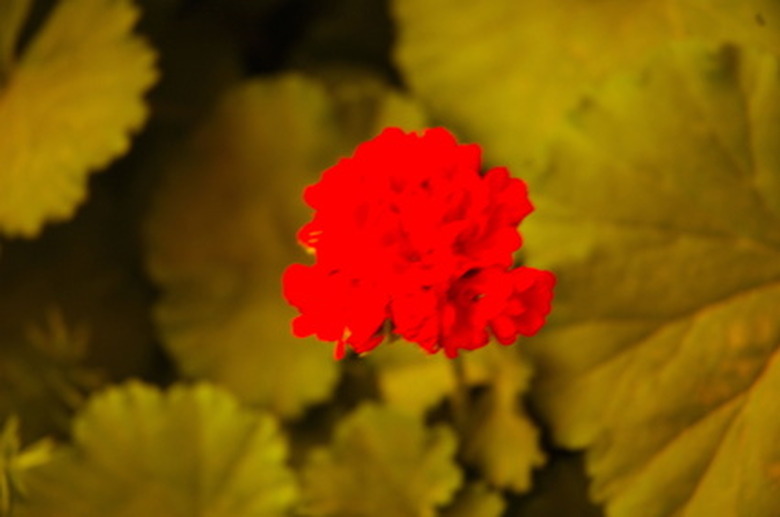How To Prune A Citronella Plant
The term citronella plant applies to both citronella grass and citronella geraniums. Both plants boast the insect-repelling aroma but are grown and cared for in slightly different ways. Citronella grass is an ornamental grass that is used commercially to create citronella oil – a potent insect repellent with a lemony aroma. Citronella geraniums, also known as mosquito plants, are hybrid plants that were created by crossing citronella grass with geraniums. These plants release citronella fragrance when they are crushed or rubbed.
Pruning Citronella Grass
Step 1
Prune citronella grass in late winter or early spring to reshape the plant and maintain the size that works in your landscape. Citronella grass can grow to heights of 5 to 6 feet with cane-like stems and flat green leaves. Periodic pruning maintains plant shape and keeps the grass at a manageable size. Maintaining shape and size is important since citronella grass is frequently planted near walkways, porches or patios.
Step 2
Remove any yellow or yellowing leaves from the plant throughout the year. Regular maintenance of citronella grass will maintain its beauty in the landscape and promote overall plant health and growth.
Step 3
Divide the grass's clumps in late fall, keeping smaller clumps in pots inside during the winter. This is particularly important in cooler climates to ensure that you can re-plant in the spring.
Pruning Citronella Geraniums
Step 1
Remove individual flowers from the plant as they die. Pinch the flower's stem with your thumb and forefinger, applying gentle pressure.
Step 2
Prune whole stems from the plant when blooms becomes sparse. Find each geranium stem's elbow. The elbow is located in the area where the individual stem joins the plant's main stem. To remove the stem, apply gentle pressure with your fingers to the elbow of the stem that you are pruning. Snap the stem off of the plant. Snapping the stem with your fingers efficiently prunes geraniums while allowing the plant to heal faster than if you used pruning shears. Removing whole stems will encourage plant growth and reduce the amount of time between blooming periods.
Step 3
Use pruning shears to cut any thick, dead stems that do not respond to gentle pressure from your hand.
Warning
Avoid coming into direct contact with the oil from citronella grass. It may irritate skin or increase your heart rate.


